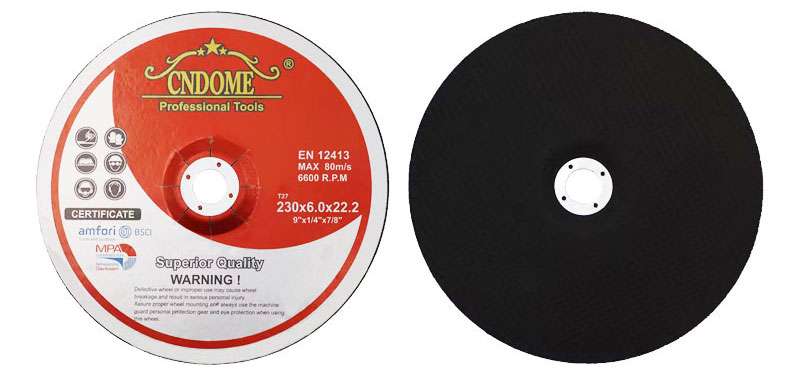Bench and pedestal grinding wheels are essential tools in many workshops and industries. These wheels are versatile, powerful, and effective for sharpening, shaping, deburring, and material removal. Whether you’re working with metal, wood, or plastic, understanding the different types and uses of grinding wheels is crucial for optimizing performance and achieving the desired results.
What Are Bench and Pedestal Grinding Wheels?
Bench grinding wheels are mounted on bench grinders, while pedestal grinding wheels are used with pedestal grinders. Both are stationary grinding machines designed to handle heavier and larger workpieces. These wheels are circular abrasive tools used for grinding, sharpening, and polishing various materials.
Common Types of Bench and Pedestal Grinding Wheels
- Straight Grinding Wheels
- These are the most common and are ideal for sharpening tools like chisels and drill bits.
- Common materials: Aluminum oxide for general-purpose grinding and silicon carbide for harder materials.
- Tapered Grinding Wheels
- Used for precision grinding where access to tight spaces is required.
- Cylindrical Grinding Wheels
- Best suited for grinding larger and round workpieces.
- Wire Wheels
- Designed for rust removal, cleaning, and polishing rather than material removal.
- Diamond Grinding Wheels
- Extremely hard and effective for grinding very tough materials like carbide and ceramic.
Key Applications
- Sharpening Tools
Bench grinders are widely used to restore the sharpness of tools like drill bits, knives, and chisels. - Shaping and Material Removal
For removing excess material or reshaping objects, these wheels provide accuracy and speed. - Deburring
Cleaning up edges of metal components to remove burrs or sharp projections. - Polishing and Cleaning
With the right wheel, you can achieve a smooth, polished surface or clean rust and corrosion.
Choosing the Right Bench or Pedestal Grinding Wheel
- Material of the Workpiece
- Use aluminum oxide wheels for ferrous metals like steel and cast iron.
- Opt for silicon carbide for non-ferrous metals, glass, and ceramics.
- Grit Size
- Coarse grit (16-24): Ideal for heavy material removal.
- Medium grit (36-60): Suitable for sharpening tools.
- Fine grit (80-120): Best for finishing and polishing.
- Bond Type
- Vitrified bonds for precision and durability.
- Resin bonds for high-performance grinding.
- Wheel Diameter and Thickness
Ensure compatibility with your grinder. Larger wheels handle bigger projects, while thinner wheels provide precision. - RPM Rating
Match the wheel’s speed rating with your grinder to avoid accidents.
Maintenance Tips for Longevity
- Dress the Wheel Regularly
Dressing helps maintain the wheel’s shape and remove debris buildup. - Inspect for Cracks or Damage
Always check the wheel for visible cracks before use to prevent accidents. - Store Properly
Keep wheels in a dry, safe place to avoid damage. - Wear Safety Gear
Always use safety glasses, gloves, and protective clothing when grinding.
Conclusion
Bench and pedestal grinding wheels are indispensable tools for any workshop or industrial setting. By understanding the types, uses, and factors to consider when choosing the right wheel, you can ensure efficient performance and a safe working environment. Regular maintenance and proper handling further enhance the wheel’s lifespan and productivity.
Would you like detailed recommendations on brands, specific wheel types, or additional safety tips? Let me know!



